With Indian cities reporting record high temperatures, Firstpost brings out a doctor’s view on how to deal with extreme heat-related health issues and illnesses read more
)
People shop for earthen water vessels from a roadside vendor in Hyderabad. AP
Days after a Delhi weather station reported a high temperature of 52.9°C, one in Maharashtra’s Nagpur reported mercury going past 56°C this week. Several places across India have recorded temperatures near or past 50°C, posing a serious threat to the health particularly of those working outdoors. We spoke to Dr Tushar Tayal of the Internal Medicine department at the CK Birla Hospital, Gurugram, to understand what such high temperatures do to our bodies and how one might protect oneself under such heat conditions. Excerpts:
How does extreme heat with temperatures crossing 50 degrees Celsius affect the human body, and what are the first signs of heat-related illnesses?
On exposure to temperatures above 50°C, humans may suffer from heat stroke which is a condition characterised by abnormally elevated body temperature, often with accompanying physical and neurological symptoms. It is a medical emergency that can be life threatening.
The initial signs and symptoms of heat-related illness are:
high body temperature (above 104°F or 40°C)
hot, dry skin or profuse sweating
flushed skin
rapid, strong pulse
headache
dizziness and light-headedness
muscle weakness or cramps
nausea and vomiting.
What happens inside the body when mercury soars to above 50 degrees Celsius, which is 13 points higher than the homeostatic body temperature?
Heat stroke occurs when the body is unable to dissipate heat adequately and the core body temperature rises rapidly, exceeding 104°F (40°C). The body’s ability to cool itself is overwhelmed, this leads to cellular function disruption, protein denaturation and enzyme inactivation.
There is also an inflammatory response with release of cytokines and causing generalised inflammation along with possible widespread blood clotting and subsequent bleeding. There can be low blood pressure, decrease in oxygen and blood supply to the brain leading to convulsions and coma.
We often hear terms like heat exhaustion and heat stroke. Are they different, which condition is more serious and how can one distinguish one from the other?
Heat exhaustion and heat stroke are both heat-related illnesses wherein heat exhaustion is the milder of the two. Heat exhaustion may be managed with basic first aid whereas heat stroke is a life-threatening emergency requiring hospitalisation. The main differences are that in heat exhaustion, the person gets moist skin, sweat profusely, wouldn’t have a very high body temperature and would have any neurological symptoms, whereas in heat stroke, the individual develops high body temperature (above 104°F), the skin will be dry and flushed, and there may also be an altered mental state along with seizures and unconsciousness. Both patients may have dizziness, nausea, vomiting, low blood pressure, headache and muscle cramps.
What immediate actions should be taken if someone is experiencing heat-related symptoms?
For a person suffering from heat-related illness, whether it’s heat exhaustion or heat stroke, the following measures should be initiated immediately to cool the patient:
move the person to a lower temperature environment (shade or air-conditioned space)
remove excess clothing
apply cool or tepid water to the skin and use fans to enhance evaporative cooling
ice packs can be applied to the groins, armpits, and neck
immerse the person in an ice bath, which is an effective method but should be done under medical supervision only.
What are the long-term health effects that may result from long exposures to high temperatures?
With global warming, there is a gradual increase in temperature even in regions with cooler climates which is negatively impacting the health of the individuals. High temperatures can cause strain on the heart, leading to increased risk of heart attacks and arrhythmias.
Chronic dehydration from prolonged heat exposure can lead to kidney stones, and long-term kidney damage. Chronic sun exposure especially among light-skinned people increases the risk of skin cancers. Extreme heat also impacts our mental health and reduces our work capacity.
Heat exhaustion, heat cramps and heat stroke are the immediate short term side effects of high environmental temperature which can have lasting damage .Without prompt treatment, heat stroke can lead to serious complications, including damage to the brain, heart, kidneys, and muscles or rhabdomyolysis (breakdown of muscle tissue), long-term neurological damage and death in severe and untreated cases.
Are the young people equally vulnerable to extreme heat conditions as the elderly and children? Is there a different vulnerability quotient for extreme heat conditions?
Individuals of all age groups are vulnerable to heat-related illnesses. There are two types of heat strokes:
Exertional heat stroke: It typically affects the young and healthy individuals during strenuous physical activity in hot environments. This is common among athletes, military personnel, and labourers.
Non-exertional heat stroke: This usually affects older adults, people with chronic illnesses, and young children. It occurs due to prolonged exposure to high temperatures and inadequate hydration, often during heat waves.
What preventive measures can individuals take to protect themselves from the dangers of extreme heat?
To avoid heat-related illnesses, one should drink at least 2-2.5 litres of water or fluids daily, reduce alcohol intake as it can cause dehydration, cut down on tea and coffee as they increase water loss from the body, and reduce their intake of added sugars and processed foods.
Additionally, minor tweaks in daily routine also helps, like doing exercise during cooler, less humid times of the day, mixing coconut water, butter milk and seasonal fruits such as watermelon, papaya and mangoes and citrus fruits and salads in our meals. During these times, one should wear light-coloured cotton clothes and limit exposure to the sun by stay indoors during peak heat hours (10 am to 4 pm).
How does dehydration influence the body’s response to heat, and how much water should one must consume during a heatwave?
Sweating is the body’s normal physiological response to cool it down. It is controlled by the autonomic nervous system. When the weather is hot or your body temperature rises due to exercise or fever, sweat is released through ducts in your skin. It moistens the surface of your body and cools you down as it evaporates.
Sweat is made mostly of water, electrolytes and a very small amount of fat.We lose approximately half a litre of water daily through our breath and approximately 1.5-2 litres through urination. We need to replace the water lost, else the body would get dehydrated and wouldn’t cool down in extremes of heat leading to heat-related illness.
In summer, one should increase their water intake by half a litre if they spend most of their day indoors and by 1 litre if the major part of their day is spent outdoors. We should aim for a fluid intake of 2.5-3 litres during extreme heatwaves.
Delhi recorded one death due to searing heat on Wednesday. Experts say heat deaths are not accurately recorded in India. Do you think India’s healthcare system is capable of responding to heatwaves and related health emergencies?
For India, a tropical country having regions with extremely high temperatures and humidity, heat-related illnesses are not a new phenomenon. Doctors during their undergrad and postgrad studies routinely encounter and manage heat-related illnesses. So, it would be fair to say that we as a community are trained well enough to manage such cases. However with rising temperatures in recent weeks, there may be a need for preparing emergency units and allocating resources especially for heat-related illnesses.
With evidence of climate change growing by the day, are you witnessing higher patient inflow for the related illnesses?
There has been an increase in cases of heat-related illnesses such as mild heat exhaustion, heat rash and heat cramps but I haven’t encountered any case of heat stroke recently. A majority of patients with heat illness have had symptoms like exhaustion, palpitation, dehydration, headache, nausea, vomiting and cramps. Immediate first-aid measures have been sufficient for these patients.

 3 months ago
29
3 months ago
29

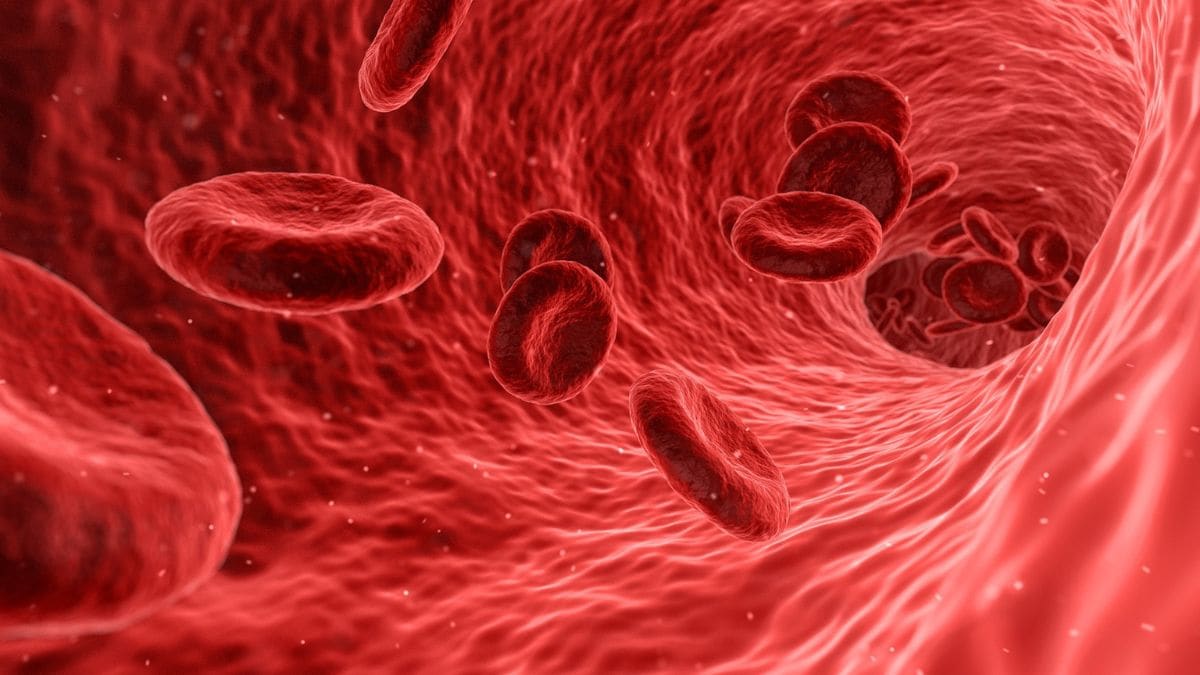
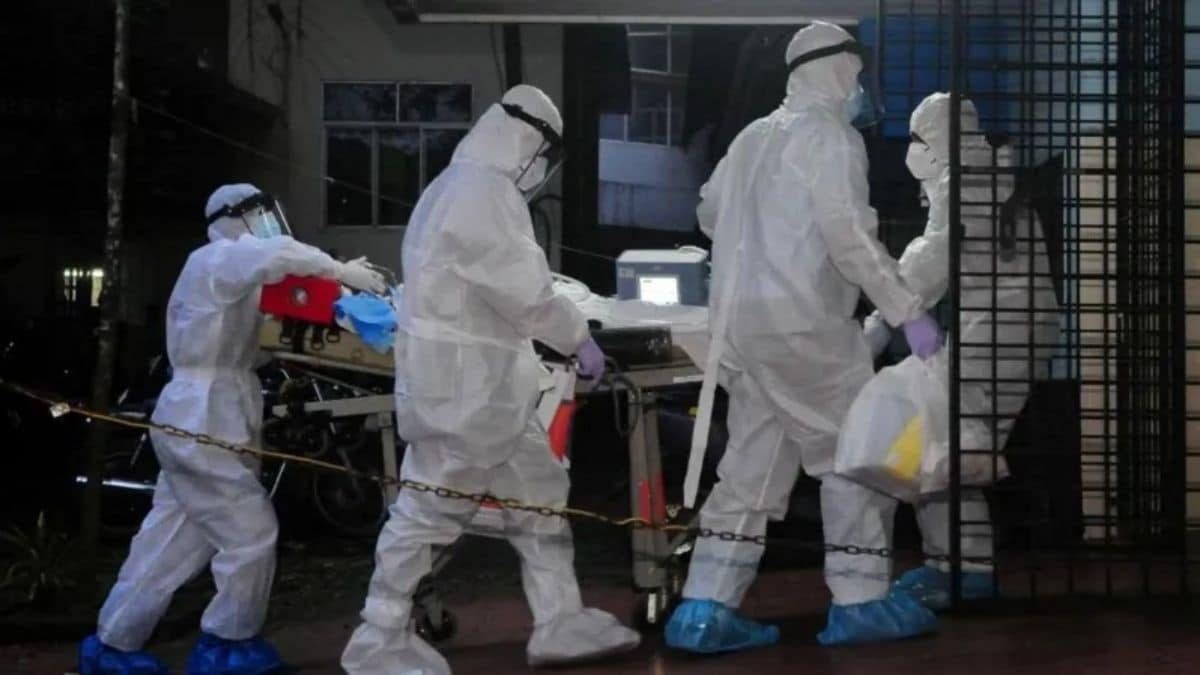
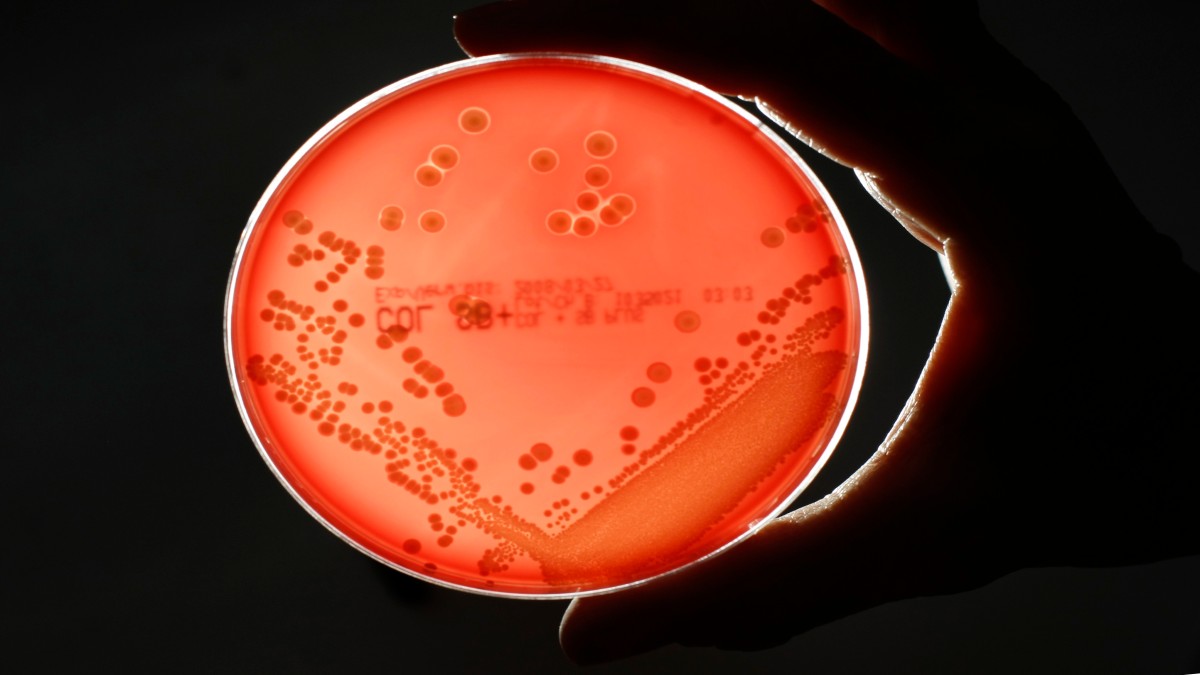
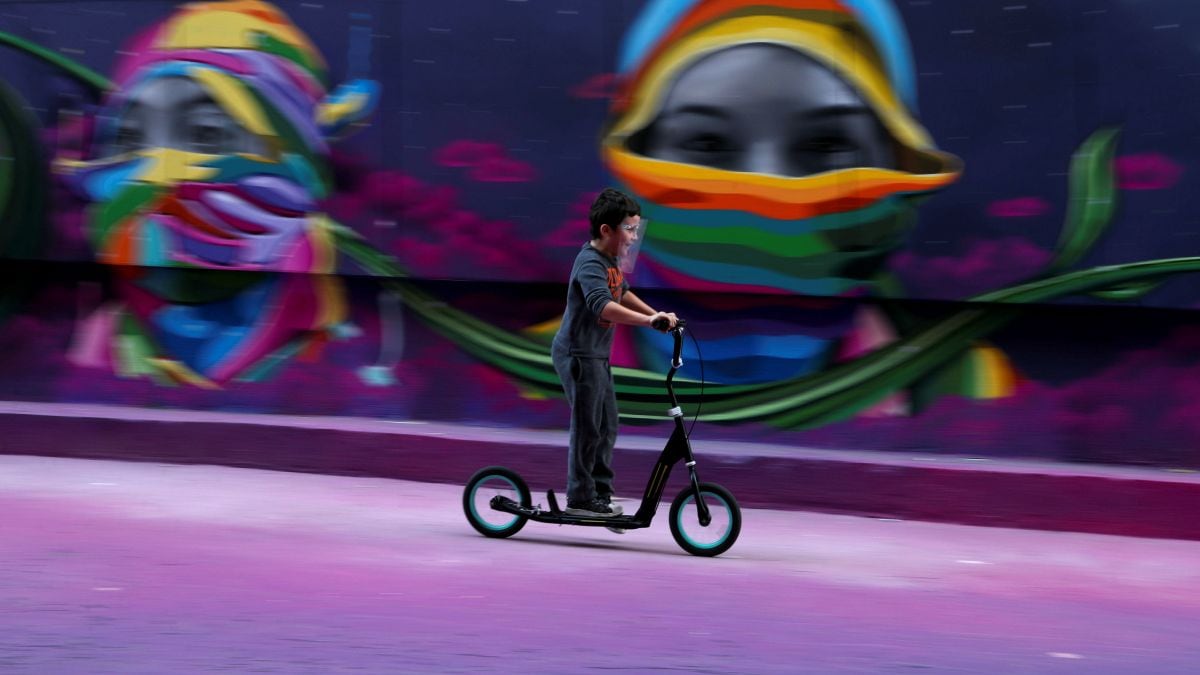




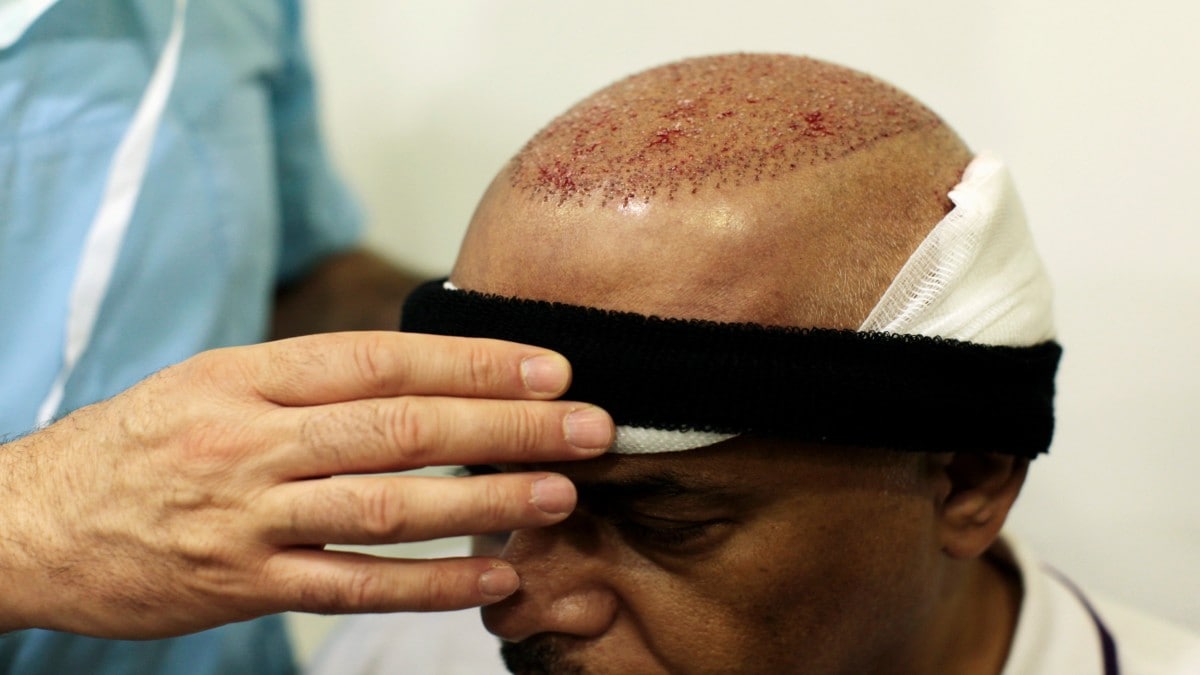




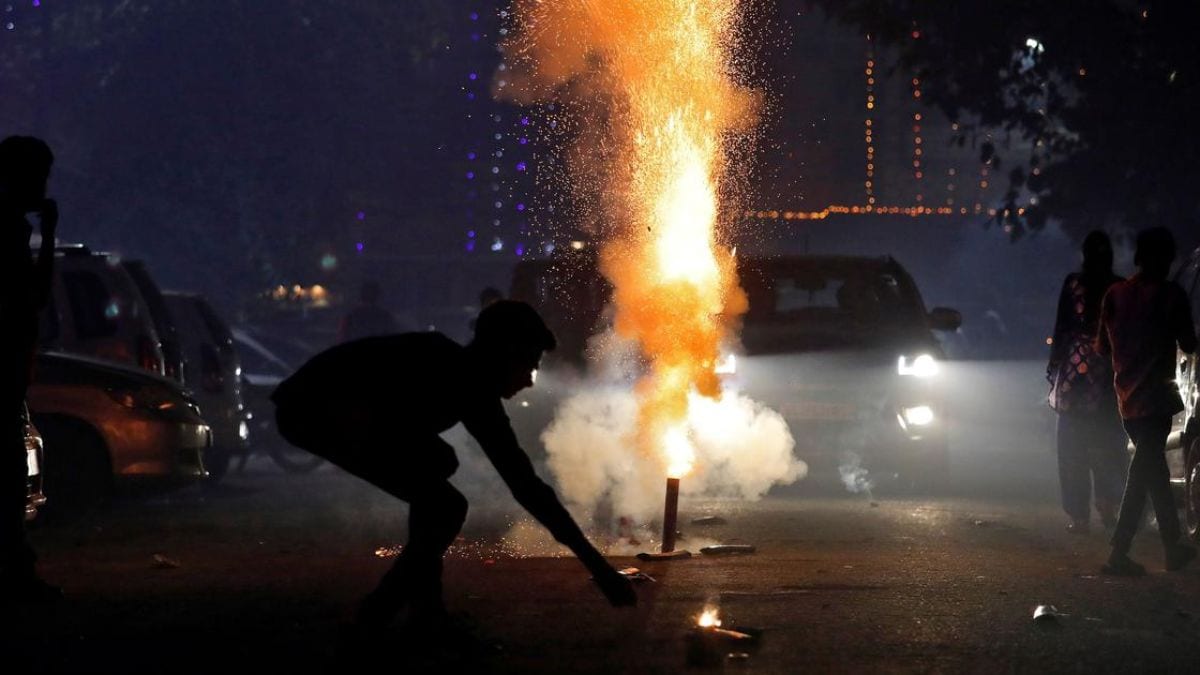
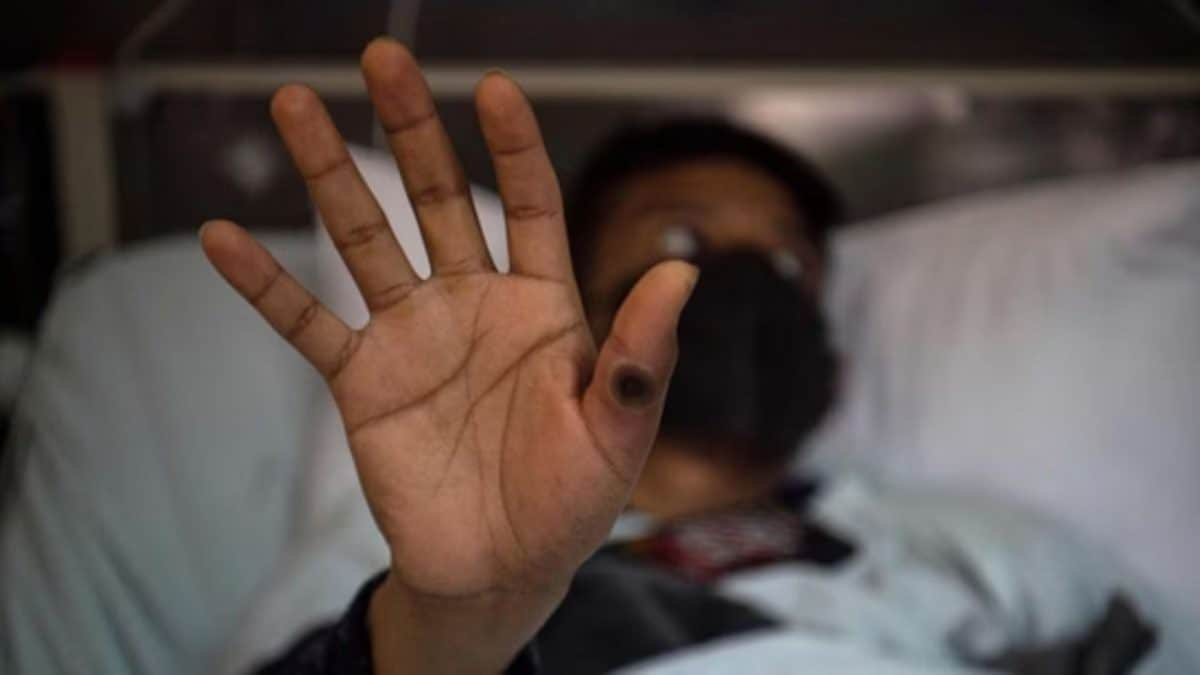
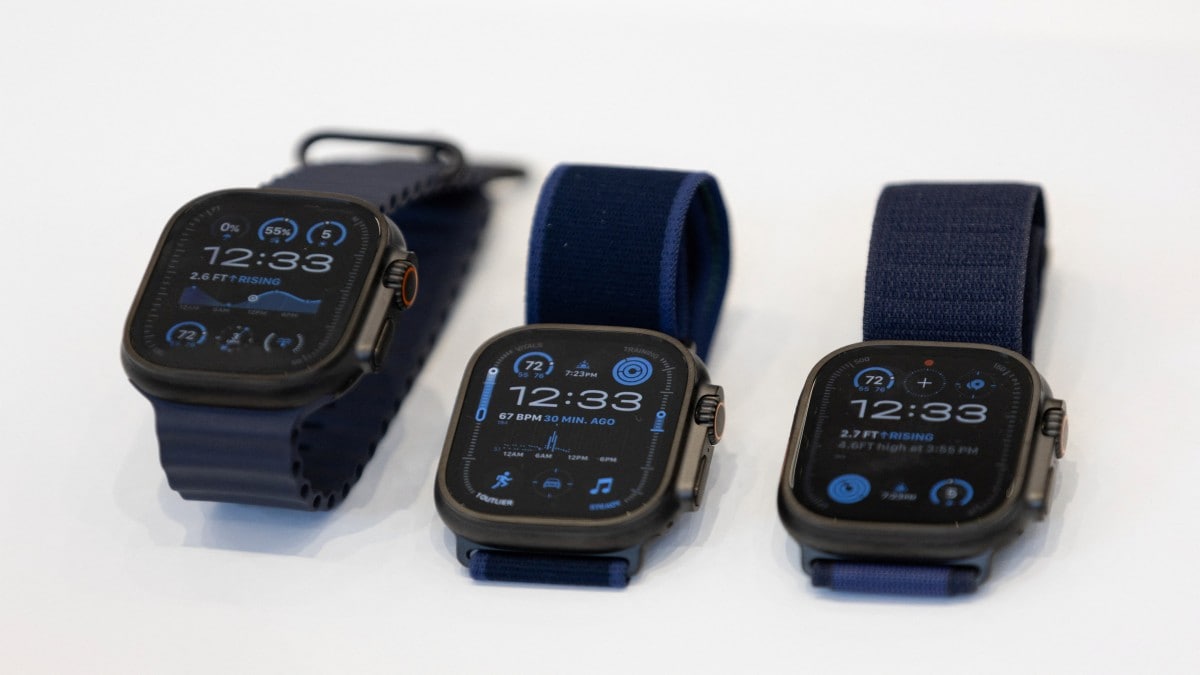

)
)
)
)
)
)
)
 English (US) ·
English (US) ·